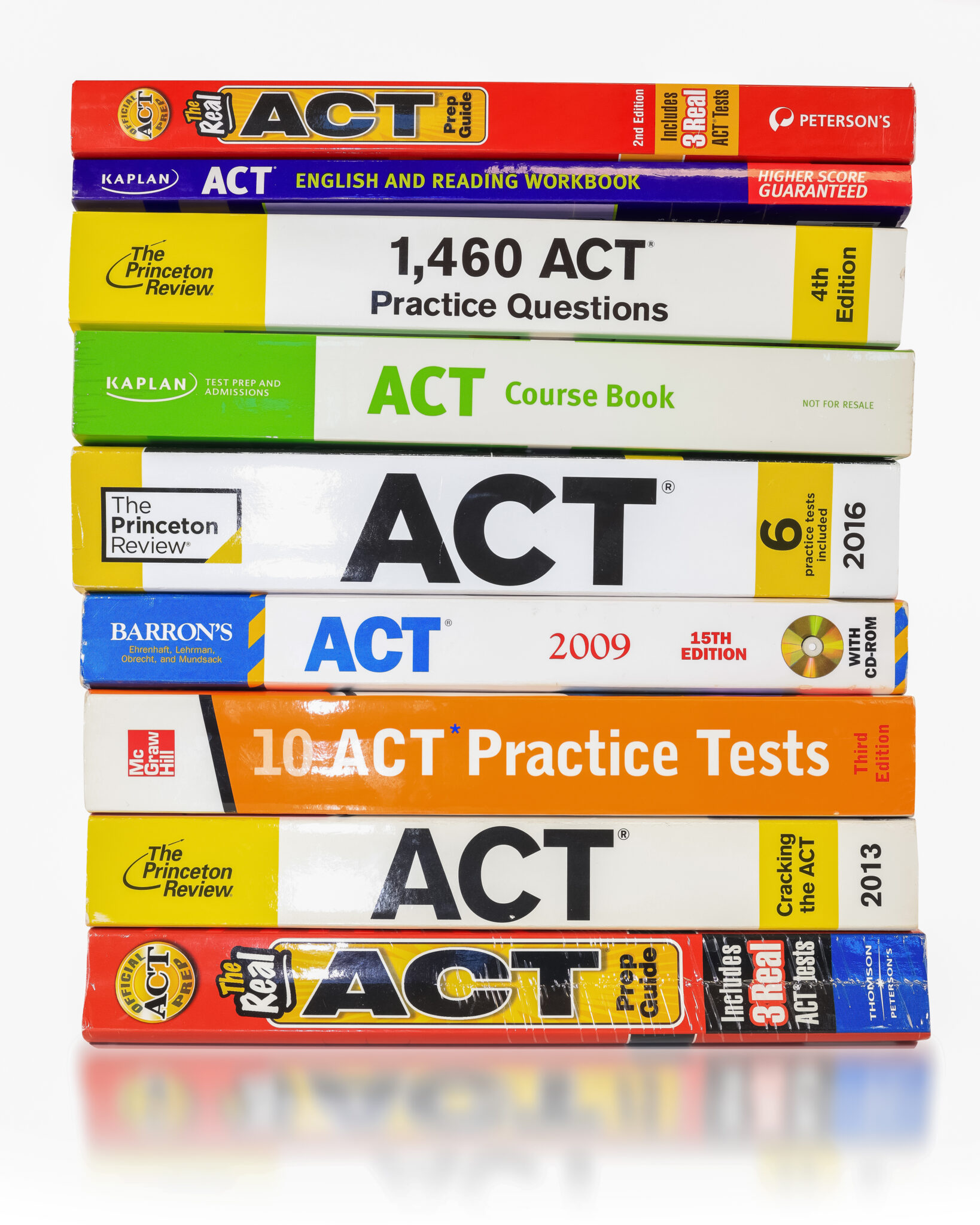Well, it looks like we have moved from “Thinking outside the box” to “Checking all the boxes.”
I’m so confused. Is this progression or regression?
Some academics encourage us to think outside the box as long as we don’t actually pursue things outside the box.
Regulatory agencies will punish you for working outside the box.
What else can “They” do to that darn box?
Who decided we even needed a box?
I think I’m going to put that d*** box on a closet shelf and focus more on a tackle box.
Thank you for your indulgence.
(J. E. Brothers, personal communication, May 5, 2019)
Mr. Brothers’ thoughtful discussion prompted this article. Even though he is not an educator as such, he is a gifted thinker and learner, an animal science nutritionist, plant and soil scientist, and owner of Agriculture Consulting Services. His thoughts led me to ask myself: What type of box do we in gifted education envision when we consider outside-the-box thinking? Do we pay lip service to thinking outside the box so that we can check all of the boxes?
I think what matters is this: What do we have inside the box that asks us to jump out to see what surrounds the perimeter? What knowledge and experiences do students have deep inside the box that lead them to ponder and wonder about how to use their knowledge for innovation, outside-the-box thinking and producing?
Inside the Box
For my purpose here, I will define the inside of the box as the keeper of best practices for gifted learners—those things available to practitioners and their students that elicit deep and complex thinking. Although they may not be Mr. Brothers’ tackle box, in our toolbox are curriculum models and principles for meeting the nature and needs of learners who are gifted.
In the box are all the students’ prior experiences and learning. Principle #2 in American Psychological Association’s (2015) 20 Principles states, “What students already know affects their learning” (p. 6). Before starting the box journey, learning what they already know is the key to development of students’ academic and social-emotional growth.
Preassessment is the first step. Ian Byrd (2023) offered “Six Traits of Quality Pre-Assessments.” Although his first step, “Focused,” addresses teachers as they prepare unit plans, the same applies in the effort to understanding what students already know. For example, to focus on their prior learning, ask them to illustrate, bullet, or outline what they know about a topic.
An old technique I have used for so long that I don’t remember its origin, asks students the following:
- For 1 minute: Write as much as you know, as fast as you can, and as best you can about ___ (any content).
- For the next minute: Write as much as you know, as fast as you can, and as best you can about ___ (another area of the content).
- For the last minute: Write as much as you know, as fast as you can, and as best you can about ___ (a third area of the content).
Then, students have 5 minutes to flesh out their thoughts on each part. This activity allows them to quickly focus on one concept at a time.
An example with fairy tales is to ask them to write:
- as much as you know, as fast as you can, and as best you can about fairy tales;
- as much as you know, as fast as you can, and as best you can about characters in fairy tales; and
- as much as you know, as fast as you can, and as best you can about settings in fairy tales.
In this example, a quick understanding of their depth of knowledge about fairy tales is evident.
Another example might be to write:
- as much as you know, as fast as you can, and as best you can about cell structure.
- as much as you know, as fast as you can, and as best you can about cell structure in animals.
- as much as you know, as fast as you can, and as best you can about cell structure in plants.
From this example, a next step would be to have them compare and contrast cell structures in plants and animals or between two animals or two plants.
Byrd’s (n.d.) second trait is “Quick!” He suggested that preassessment not take up so much time that valuable learning time is lost. The writing activity above meets this requirement.
The third trait is “Comprehensive” for educators to ensure that the preassessment covers everything to be determined. A repeat of the exercise above accommodates this trait also, as it could asking students to draw or use a digital resource to show what they know, then have them orally communicate their work.
The fourth trait Byrd (n.d.) lists, “Build on Existing Materials,” encourages the use of existing tests or quizzes that are not ordinarily used. Instead of creating a new inquiry, educators access previous culminating activities or exams.
“Guiding,” the fifth trait, emphasizes what to do with the preassessment (i.e., how to plan and how to group). This trait links back to the first trait. What is the purpose of the preassessment? What is the goal of the activity or quiz?
Perhaps the sixth trait should be shared at the beginning of this effort. “Sensitive” is about explaining to students that this a preassessment is not about a grade or passing a test (Byrd, n.d.). Be sure to let them know that anything used in preassessment is for an informational purpose only.
In addition to standard preassessment, Stambaugh (2018) discussed instructional scaffolding as necessary for gifted students. Yes, students will need a supportive framework and how this support is offered depends on preassessment. When students are successful working on their own, scaffolding is unnecessary. When they encounter new information, scaffolding creates a support while they are learning inside the box, and it will create a framework for new knowledge when the students venture out of the box.
After ensuring the level of prior knowledge and new learning is scaffolded, curricular best practices develop critical and creative thinking and gives students what I call deep-box learning. Deep box indicates that their knowledge source is robust with the ability to manipulate information in ways that adds depth to their learning and complexity to thinking. An example of curriculum for meeting deep box learning is the Integrated Curriculum Model (ICM; VanTassel-Baska, 1986).
Integrated Curriculum Model
As students share and build their deep box knowledge, the ICM provides the tools they can use to make connections with prior knowledge and new learning. An overview of ICM states:
because gifted students are precocious learners, advanced content within a given subject area provides opportunities for new learning. Because gifted learners have complex thinking capacities, the provision of a curriculum that helps gifted students’ reason through situations and think critically about subject matter enhances engagement and creative production. …gifted students thrive on making connection, the focus on overarching issues, themes and concepts elevated their understanding of the real world and how it works. (VanTassel-Baska, 1987, p. 7)
ICM offers the union of the three dimensions: advanced content, process-product, and issues-themes. These three dimensions create the opportunity for students to be ready to think outside the box.
With the knowledge of students’ prior learning and experiences, curriculum moves to introducing new learning with advance content and thinking processes that deepen students’ learning experience. Coupling advanced content with practice through a conceptual lens, students produce outcomes that illustrate their new learning. For more information about ICM, explore the Jacob’s Ladder Reading Comprehension Program series (see Center for Gifted Education, 2017, as an example).
Jumping Out of the Box
Naturally, gifted students are often jumping out of the box with their creative thinking abilities. A scaffold for climbing up and out is found in the Paul-Elder Critical Thinking Framework (1997). Although their model is not as current in research as some strategies, their elements of thought (reasoning) are also found in the aforementioned Jacob’s Ladder series.
The eight elements of reasoning that Paul-Elder present are these:
- All reasoning has a purpose.
- All reasoning is an attempt to figure something out, to settle some question, to solve a problem.
- All reasoning is based on assumptions.
- All reasoning is done from some point of view.
- All reasoning is based on data, information, and evidence.
- All reasoning is expressed through, and shaped by, concepts and ideas.
- All reasoning contains inferences or interpretations by which we draw conclusions and give meaning to data.
- All reasoning leads somewhere or has implication and consequences. (Paul & Elder, 1997)
One way to present the reasoning elements is through a scenario that asks students to integrate the eight elements. The following is an example (from Boswell, 2010) for ensuring critical thinking as students use their deep box knowledge in order to explore the box’s outside:
Mark was hired by the U.S. government to work with the Afghan people and the U.S. military. He was a certified engineer with 20 years’ experience. His specific job was to build highways for a new highway system in Afghanistan. Mark began to work on all that was necessary to build lasting highways in a world of shifting sand.
Mark had a warm and friendly personality and, after being in-country for a year, he began to value the friendships he was building with the soldiers, officers, and local people. Mark saw needs beyond highways. He saw that schools and hospitals were desperately needed. Yet, there were no plans by the U.S. government to build that part of the infrastructure. When he took his concerns to the powers that sent him to Afghanistan, they said that the highways had to come first, then schools and hospitals could be built later.
That wasn’t good enough for Mark. He had contacts with fellow engineers and alumni of his university back in the states. He started a campaign to raise money for a school and a hospital in the area he was living. In just a few short months, they were able to start work on the first school and first hospital. On their days off, Mark and fellow soldiers, officers, engineers, along with locals, built the school in 3 months and finished the hospital within the year. Others began to help Mark in his efforts and soon both the school and hospital were equipped with all the items that made each a place of pride for the Afghans.
This scenario presents no problem or issue because Mark seems to have everything under control. In this case, ask the students to consider if Mark is a hero. They then go through this reasoning process to make their determination.
- All reasoning has a purpose. The purpose of students’ reasoning is to establish the definition of a hero. At this point, students will research all they can find about heroism and organize any prior knowledge they have about heroes. This is an example of new learning that asks them to jump back inside the box in order to define heroes/heroism.
- All reasoning is an attempt to figure something out, to settle some question, to solve a problem.
- All reasoning is based on assumptions. This scenario leads students to determine something. In this case it is the characteristics and actions of heroes. This step along with the next part of the process, assumptions, feed into the criteria of data information, and evidence (Element #5). Steps 2 and 3 force students to determine their own assumptions about heroes as well as research different types of heroes.
- All reasoning is done from some point of view. A reference tool for determining the various points of view comes from the Center for Gifted Education (n.d.) in a framework titled “What Is the Situation?” Even though there is not a specific situation to unravel in this scenario, students consider differing points of view. This document asks students to determine who the stakeholders are, each of their points of view about what constitutes heroism, and what assumptions these points of view present, along with implications of each.
- All reasoning is based on data, information, and evidence. Students now take their deep-box learning along with the new learning to compile their information. Types of information students gather for their new learning would be surveys, interviews, primary and secondary sources, biographies, autobiographies, and/or any sources they discover.
- All reasoning is expressed through, and shaped by, concepts and ideas. Students analyze all their data and evidence and triangulate it with their assumptions and the points of view. From this exercise, students will be looking for the big idea or conceptual lens through which they will create their definition. For example, they may find that all heroes establish some type of relationships or that the relationships they find are based on conflict and resolution. For beginners in this process, you may furnish them with a list of broad-based themes or concepts (Garden Grove Unified District, 2023).
- All reasoning contains inferences or interpretations by which we draw conclusions and give meaning to data. Once students find their conceptual lens, they embark on showing how their interpretations support their point of view as well as any others they found. From this activity, students draw a conclusion. If this case, the conclusion is their definition of hero/heroism.
- All reasoning leads somewhere or has implication and consequences. Students will believe they are ready to present their definition to the group. It is important that they take this last step in the reasoning process: implication and consequences. In essence this step is similar to nonexamples in Frayer’s Model (n.d., Rosenbaum, 2001; Winters, 2009). Another way of looking at this part of the process is to have them look at their definition from an opposite point of view, such as the receiver of the hero’s actions. This phase ensures that students are ready to present their findings and support it with data.
The Paul-Elder Critical Thinking Framework (1997) is one way to illustrate to students that they need their deep box thinking and new learning in order to move to out-of-the-box thinking and production.
In and Out
Students now see how the process includes deep box thinking and learning, a process that pivots in and out of the box as new learning is needed to develop new ideas and approaches to problem or issues.
On the Outside
Once students understand the process for gathering information through critical thinking, they are ready to use their creative abilities. Although creative thinking may have been an underlaying element as they moved through the Paul-Elder framework, this is a time to introduce creative problem solving. The Osborne-Parnes system (Epsy, 2019) is one recognized way of formalizing the creative process. The next article will discuss this process and how it can be used with the same scenario in this article and any scenario your students want to develop or problem they wish to solve.
Summary
This article offers educators a way to lead students from their known to an unknown they want to explore. The Paul-Elder process or any formalized critical thinking process whether this in-and-out-of-the-box process, a circular process (Betts & Kercher, 1999), project-based learning (Stanley, 2011), or the convergence in a Venn diagram (ICM) is appropriate for the gifted learners’ brain. Now, students will be able to check all the boxes with anything they want to know.
References
American Psychological Association. (2015, August). Top 20 principles for Pre-K to 12 education. https://www.apa.org/ed/schools/teaching-learning/top-twenty/principles
Betts, G., & Kercher, J. (1999). Autonomous learner model: Optimizing ability. ALPS.
Boswell, C. (2010, December 1). Case Studies for Depth & Complexity [Unpublished manuscript.] State Conference for Texas Association for Gifted and Talented, Austin, TX.
Byrd, I. (n.d.) Six traits of quality pre-assessments. https://www.byrdseed.com/six-traits-of-quality-pre-assessments
Center for Gifted Education. (n.d.). Reasoning about a situation or event. https://education.wm.edu/centers/cfge/_documents/curriculum/teachingmodels/reasoningevent.pdf
Center for Gifted Education. (2017). Jacob’s ladder reading comprehension program: Grade 3 (2nd ed.). Routledge.
Frayer, D. A. (n.d.). Frayer model. https://dpi.wi.gov/sites/default/files/imce/ela/bank/6-12_L.VAU_Frayer_Model.pdf
Garden Grove Unified School District. (2023). Universal themes and generalizations. https://www.ggusd.us/assets/files/departments/gate/teacherresources/universalthemes/universal-themes-and-generalizations.pdf
Espy, L. (2019). Osborne-Parnes creative problem-solving process. https://projectbliss.net/osborn-parnes-creative-problem-solving-process
Paul, R., & Elder, L. (1997, April). Elements of reasoning and intellectual standards. https://www.criticalthinking.org/pages/the-elements-of-reasoning-and-the-intellectual-standards/480
Rosenbaum, C. (2001). A word map for middle school: A tool for effective vocabulary instruction. Journal of Adolescent & Adult Literacy, 45(1), 44–49.
Stambaugh, T. (2018, August). Scaffolding of instruction is necessary for gifted students, too. Teaching for High Potential, 10–13.
Stanley, T. (2011). Project-based learning for gifted students: A handbook for the 21st-century. Prufrock Press.
VanTassel-Baska, J. (1986). Integrated Curriculum Model (ICM. In H. Vidergor & C. Harris (Eds.) Applied Practice for Educators of Gifted and Able Learners. (1sr ed., pp.169-197). Brill.
VanTassel-Baska, J. (1987). What works. https://education.wm.edu/centers/cfge/curriculum/What%20Works%20CFGE%202013%20Web.pdf
VanTassel-Baska, J. (2003). Content-based curriculum for high-ability learners: An introduction. In J. VanTassel-Baska & C. A. Little (Eds.), Content-based curriculum for high-ability learners (pp. 1–23). Prufrock Press
Winters, R. (2009). Interactive frames for vocabulary growth and word consciousness. The Reading Teacher, 62(8), 685–690. https://doi.org/10.1598/RT.62.8.6
About the Author
Cecelia Boswell, Ed.D. taught migrant and gifted students, served as the Advanced Academics consultant for ESC-14, and the Executive Director of Advanced Academics for Waco ISD. She is a consultant in district evaluation of gifted services and professional learning in gifted education and leadership nationally and throughout Texas. Dr. Boswell served on the TAGT Board of Directors, as TAGT President, and as President of the CEC-TAG. She has co-authored six books, including a chapter in an upcoming book by Susan Johnsen and Joyce VanTassel-Baska.







